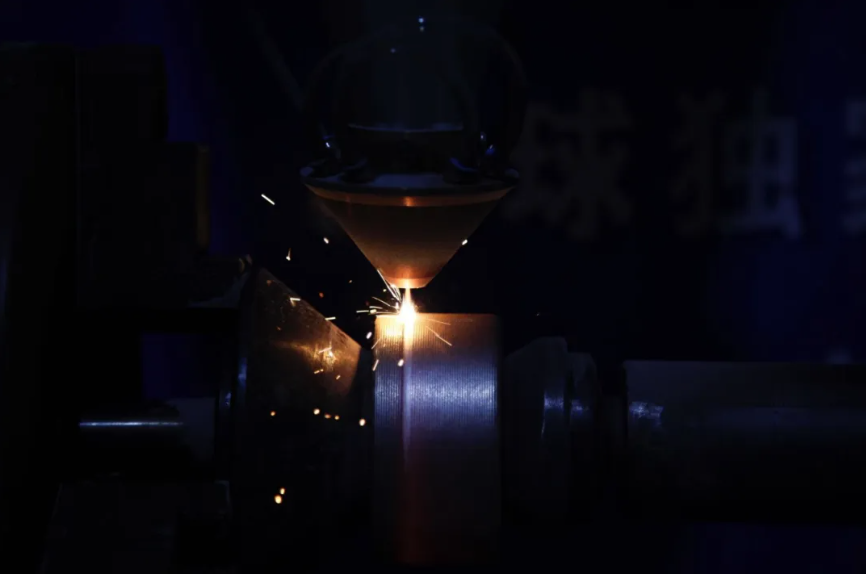Characteristics, advantages and disadvantages of laser deep fusion welding
Characteristics of laser deep melting welding
1. High depth-to-width ratio. Because the molten metal is formed around a cylindrical high-temperature vapor cavity and extends toward the workpiece, the weld becomes deep and narrow.
2. Minimum heat input. Because the temperature inside the small hole is very high, the melting process occurs extremely fast, the heat input to the workpiece is very low, and the heat distortion and heat-affected zone are very small.
3. High densification. Because the small holes filled with high-temperature vapors are conducive to weld pool stirring and gas escape, resulting in the generation of non-porous penetration weld. High cooling rate after welding and easy to make the weld organization fine.
4. Strong solid weld. Because of the blazing heat source and the full absorption of non-metallic components, reduce the impurity content, and change the size of the inclusions and their distribution in the molten pool. Welding process without electrode or filler wire, the melting zone is less contaminated, making the weld strength, and toughness at least equal to or even more than the parent metal.
5. Precise control. Because the focused spot is tiny, the weld can be highly accurate in positioning. Laser output without "inertia", can be in a high-speed emergency stop and restart, with CNC beam movement technology can be welded complex workpieces.
6. Non-contact atmospheric welding process. Because the energy comes from the photon beam, there is no physical contact with the workpiece, so no external force is applied to the workpiece. In addition, magnetism and air have no effect on the laser.
Advantages of laser deep melting welding
1. Because the focused laser has much higher power density than conventional methods, resulting in fast welding speed, heat affected zone and deformation are very small, and can weld titanium and other difficult-to-weld materials.
2. Because the beam is easy to transmit and control and does not require frequent replacement of the torch, nozzle, and no vacuum required for electron beam welding, significantly reducing the downtime to assist time, the load factor and productivity are high.
3. Due to the purification effect and high cooling rate, weld strength, toughness, and overall performance are high.
4. Due to the low average heat input, high processing accuracy, can reduce reprocessing costs; in addition, laser welding running costs are also lower, thus reducing the cost of workpiece processing.
5. The beam intensity and fine positioning can be effectively controlled, and it is easy to realize automated operation.
Disadvantages of laser deep welding
1. Limited welding depth.
2. High workpiece assembly requirements.
3. Higher one-time investment in laser system




Comments
Post a Comment